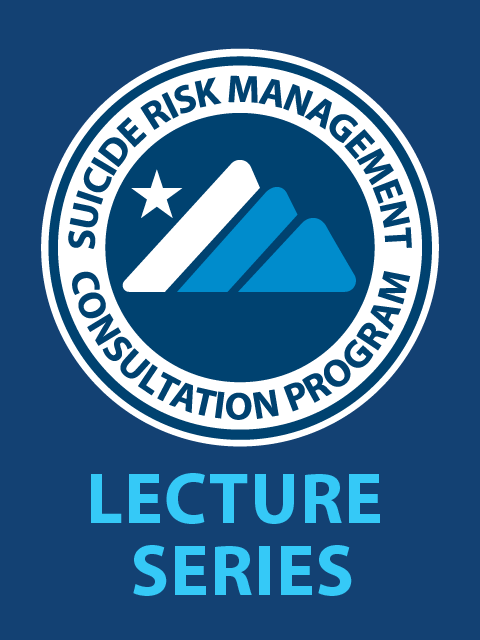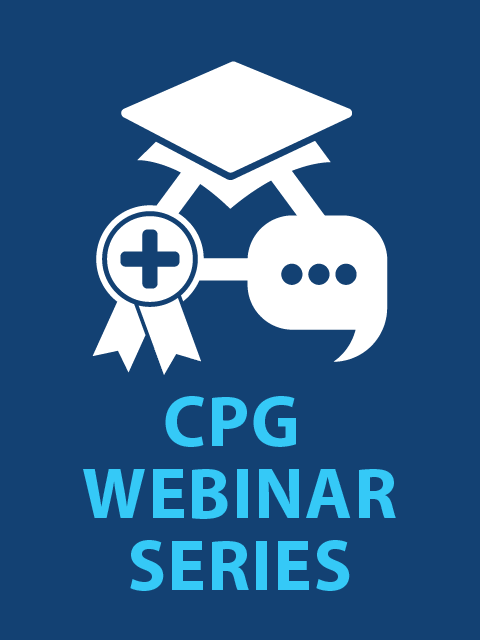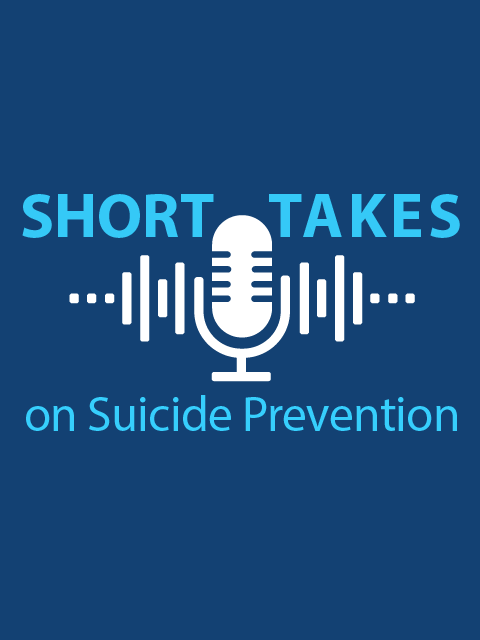MIRECC / CoE
7: Crisis Response Planning and Safety Planning
Risk Management and Treatment » Non-pharmacologic Interventions
7: Crisis Response Planning and Safety Planning
There is insufficient evidence to recommend for or against completing a crisis response plan or safety planning intervention to reduce the risk of suicide attempts in patients with recent suicidal ideation, a lifetime history of suicide attempts, or both.
Strength:
Neither for or against
Category:
ReviewedNew-replaced
Grades and Definitions
- Strong for
- or "We recommend offering this option …"
- Weak for
- or "We suggest offering this option …"
- No recommendation
- or "There is insufficient evidence …"
- Weak against
- or "We suggest not offering this option …"
- Strong against
- or "We recommend against offering this option …"
Categories and Definitions |
||
|---|---|---|
| Evidence Reviewed* | Recommendation Category* | Definition* |
| Reviewed | New-added | New recommendation following review of the evidence |
| New-replaced | Recommendation from previous CPG that has been carried over to the updated CPG that has been changed following review of the evidence | |
| Not changed | Recommendation from previous CPG that has been carried forward to the updated CPG where the evidence has been reviewed but the recommendation is not changed | |
| Amended | Recommendation from the previous CPG that has been carried forward to the updated CPG where the evidence has been reviewed and a minor amendment has been made | |
| Deleted | Recommendation from the previous CPG that has been removed based on review of the evidence | |
| Not reviewed | Not changed | Recommendation from previous CPG that has been carried forward to the updated CPG, but for which the evidence has not been reviewed |
| Amended | Recommendation from the previous CPG that has been carried forward to the updated CPG where the evidence has not been reviewed and a minor amendment has been made | |
| Deleted | Recommendation from the previous CPG that has been removed because it was deemed out of scope for the updated CPG | |
| *Adapted from the NICE guideline manual (2012): The guidelines manual. London: National Institute for Health and Care Excellence;2012. and Martinez Garcia L, McFarlane E, Barnes S, Sanabria AJ, Alonso-Coello P, Alderson P. Updated recommendations: An assessment of NICE clinical guidelines. Implement Sci. 2014;9:72. | ||
Recommendation Resources
Crisis Response Plans (CRP) and Safety Planning (SPI) both include step-by-step instructions to use prior to or during a suicidal crisis. They are developed in a collaborative, patient-centered manner. Key components shared by CRP and SPI include identifying warning signs, self-management or internal coping strategies, social support networks and professional/crisis services. CRP and SPI are considered routine care by multiple accreditation bodies and are recommended over "no harm contracts," which have no research support.
Training and Clinical Resources
This section includes recommended trainings and/or clinical resources about Crisis Response Planning and Safety Planning.
Return to Resource OptionsManuals
This section includes recommended manuals about Crisis Response Planning and Safety Planning.
- Crisis Response Plan Overview
- Stanley-Brown Safety Planning Intervention
 VA Safety Planning Quick Guide for Clinicians
VA Safety Planning Quick Guide for Clinicians- Center of Deployment Psychology Safety Planning Infographic
Videos
This section includes recommended videos about Crisis Response Planning and Safety Planning.
Return to Resource OptionsWebinars
This section includes recommended webinars about Crisis Response Planning and Safety Planning.
-
 Challenging Barriers to Safety Planning: Considering Context and Clinical Complexity Presented by Dr. Colleen Becket-Davenport and Georgia Gerard, LCSW
Challenging Barriers to Safety Planning: Considering Context and Clinical Complexity Presented by Dr. Colleen Becket-Davenport and Georgia Gerard, LCSW -
 Empowering Veterans through Crisis Response Planning & The Safety Planning Intervention Presented by Drs. Craig Bryan & Wendy Batdorf
Empowering Veterans through Crisis Response Planning & The Safety Planning Intervention Presented by Drs. Craig Bryan & Wendy Batdorf -
 Safety Planning — Basics and Beyond Presented by Drs. Megan Harvey & Suzanne McGarity
Safety Planning — Basics and Beyond Presented by Drs. Megan Harvey & Suzanne McGarity -
 Safety Planning in the Emergency Department Presented by Dr. Bridget Matarazzo
Safety Planning in the Emergency Department Presented by Dr. Bridget Matarazzo -
 Suicide Prevention 2.0 Clinical Telehealth Program Presented by Dr. Jessica A Walker
Suicide Prevention 2.0 Clinical Telehealth Program Presented by Dr. Jessica A Walker -
 Suicide Prevention 2.0 Clinical Telehealth: Implementation of an evidence-based psychotherapy program to reduce suicide behavior in U.S. Veterans Presented by Dr. Jessica A Walker
Suicide Prevention 2.0 Clinical Telehealth: Implementation of an evidence-based psychotherapy program to reduce suicide behavior in U.S. Veterans Presented by Dr. Jessica A Walker -
 The Safety Planning Intervention to Reduce Suicide Risk Presented by Drs. Barbara Stanley and Gregory Brown
The Safety Planning Intervention to Reduce Suicide Risk Presented by Drs. Barbara Stanley and Gregory Brown
Mobile Apps
This section includes recommended mobile apps about Safety Planning.
Return to Resource OptionsPodcasts
This section includes recommended podcast episodes about Crisis Response Planning and Safety Planning.
-
 Rocky Mountain Short Takes on Suicide Prevention: A Mobile Safety Planning App with Dr. Pearl McGee-Vincent
Rocky Mountain Short Takes on Suicide Prevention: A Mobile Safety Planning App with Dr. Pearl McGee-Vincent -
 Rocky Mountain Short Takes on Suicide Prevention: Collaborative Safety Planning for Older Adults with Drs. Elizabeth Conti and Ali Abbas Asghar-Ali
Rocky Mountain Short Takes on Suicide Prevention: Collaborative Safety Planning for Older Adults with Drs. Elizabeth Conti and Ali Abbas Asghar-Ali -
 Rocky Mountain Short Takes on Suicide Prevention: Safety Planning in the Emergency Room (It Works!) with Drs. Barbara Stanley, Greg Brown and Lisa Brenner
Rocky Mountain Short Takes on Suicide Prevention: Safety Planning in the Emergency Room (It Works!) with Drs. Barbara Stanley, Greg Brown and Lisa Brenner -
 What if Suicide Prevention is Simple? Crisis Response Planning Interview with Dr. Craig Bryan
What if Suicide Prevention is Simple? Crisis Response Planning Interview with Dr. Craig Bryan
Articles
This section includes recommended articles about Crisis Response Planning and the Safety Planning.
- (2017). Effect of crisis response planning vs. contracts for safety on suicide risk in U.S. Army Soldiers: A randomized clinical trial. Journal of affective disorders, 212, 64-72. https://doi.org/10.1016/j.jad.2017.01.028
- (2018). Evaluating the Effectiveness of Safety Plans for Military Veterans: Do Safety Plans Tailored to Veteran Characteristics Decrease Suicide Risk?. Behavior therapy, 49(6), 931-938. https://doi.org/10.1016/j.beth.2017.11.005
- (2020). Integrating crisis response planning for suicide prevention into trauma-focused treatments: A military case example. Journal of clinical psychology, 76(5), 852-864. https://doi.org/10.1002/jclp.22920
- (2012). Safety Planning Intervention: A brief intervention to mitigate suicide risk. Cognitive and Behavioral Practice, 19(2), 256-264. https://doi.org/10.1016/j.cbpra.2011.01.001
- (2018). Comparison of Safety Planning With Follow-up vs Usual Care of Suicidal Patients Treated in the Emergency Department. JAMA psychiatry, 75(9), 894-900. https://doi.org/10.1001/jamapsychiatry.2018.1776














 Stanley-Brown Safety Planning Intervention Training
Stanley-Brown Safety Planning Intervention Training The Safety Plan app
The Safety Plan app





